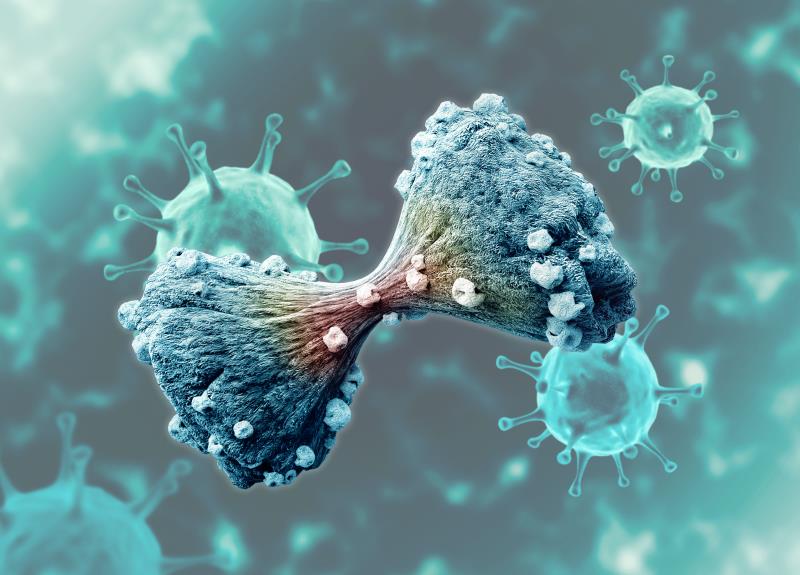
The recombinant antitumour/antiviral protein novaferon is used to treat hepatitis B virus in China, but a group of investigators finds a signal that it can do something else: induce viral clearance in COVID-19 patients.
The investigators evaluated the potency of novaferon against COVID-19 in vitro and in patients. Results of laboratory experiments were encouraging. The drug effectively inhibited viral replication within SARS-CoV-2-infected cells (EC50=1.02 ng/ml). Additionally, healthy cells incubated with novaferon resisted the entry of the virus (EC50=0.10 ng/ml).
In the trial, 89 COVID-19 patients with moderate or severe illness were randomized to receive novaferon monotherapy (n=30; median age, 46.5 years) or in combination with lopinavir–ritonavir (n=30; median age, 50.0 years), or lopinavir–ritonavir only (n=29; median age, 37.0 years). The median time from symptom onset to antiviral drug administration were 4, 7, and 4 days in the respective groups.
The primary endpoint of SARS-CoV-2 clearance rate at day 6 was higher in both novaferon monotherapy and combination arms than in the lopinavir–ritonavir-alone arm (50.0 percent and 60.0 percent vs 24.1 percent; p=0.0400 and p=0.0053, respectively). There was no significant difference between the two novaferon arms, indicating that the beneficial effect of the recombinant antitumour/antiviral protein on viral clearance does not differ when used alone or together with lopinavir–ritonavir.
Moreover, patients who received novaferon either as a monotherapy or combined with lopinavir–ritonavir achieved viral clearance 3 days earlier than those who received lopinavir–ritonavir alone (median, 6 days, 6 days, and 9 days, respectively).
None of the patients developed severe adverse events (AEs) associated with the tested antiviral drugs. AEs occurred in 83.3 percent of patients on novaferon, 83.3 percent on novaferon plus lopinavir–ritonavir, and 89.6 percent on lopinavir–ritonavir alone. The most common AEs were lymphopenia and loss of appetite in the first group, lymphopenia and cough in the second group, and fatigue and lymphopenia in the third group.
The present data justify further evaluation of novaferon for COVID-19 in large cohort studies.